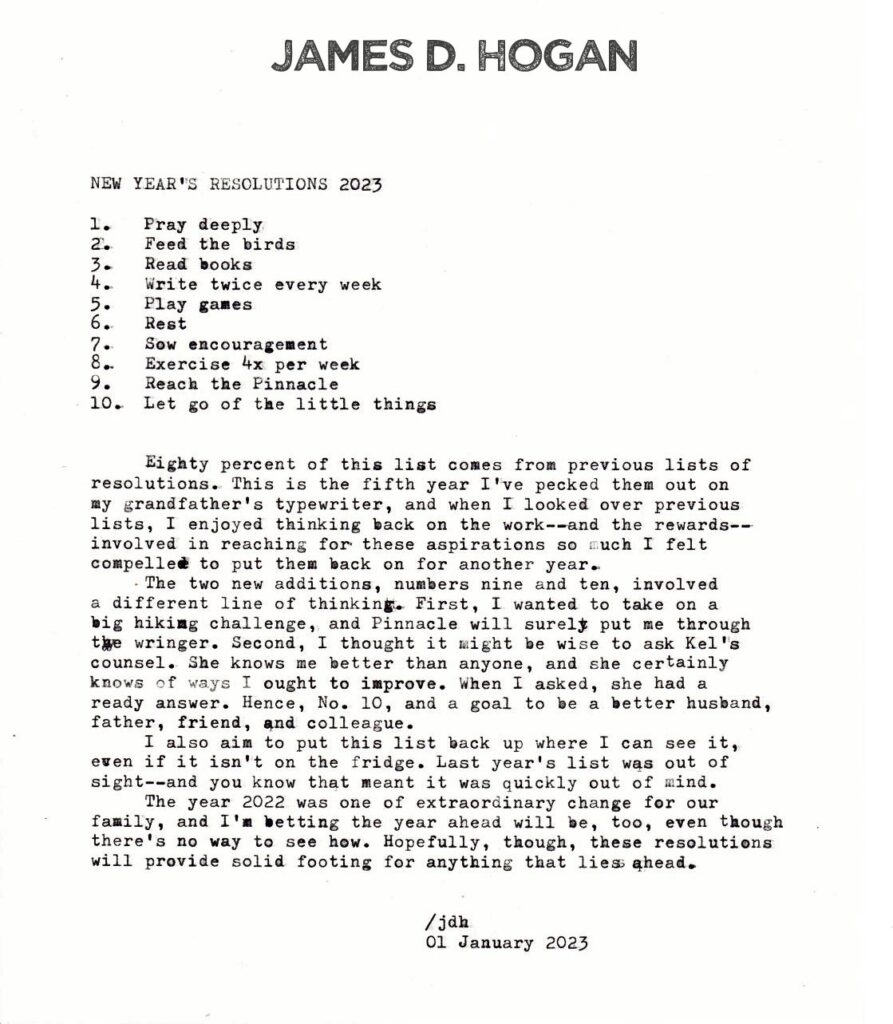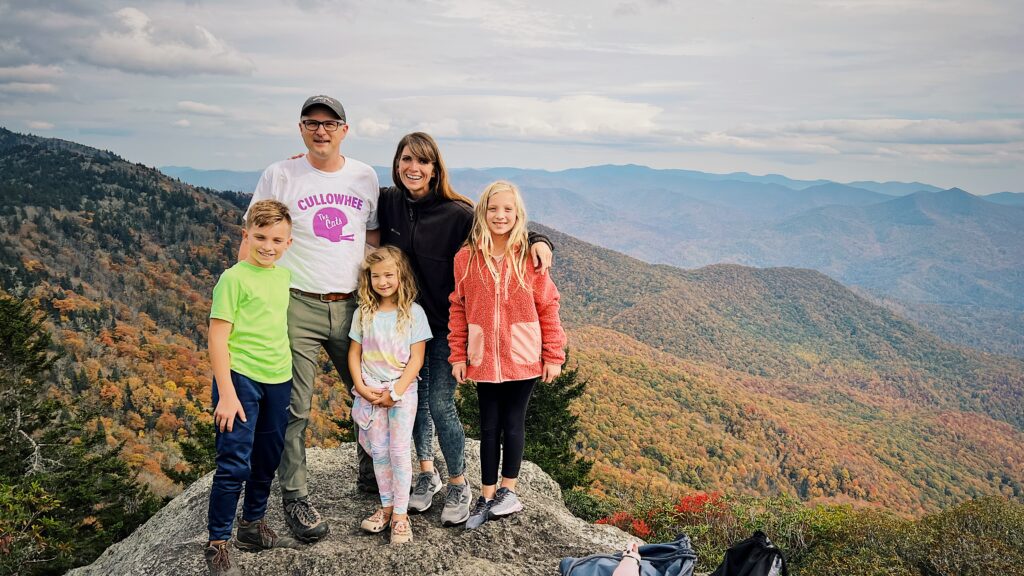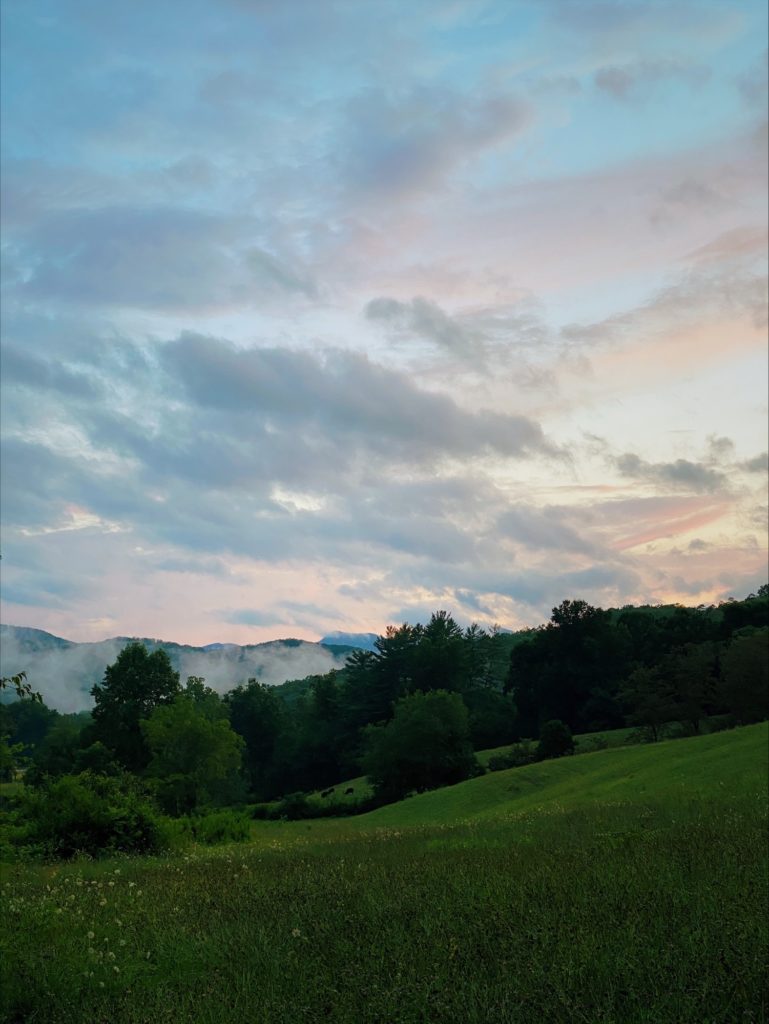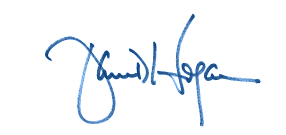

On leaning into that whole “change is inevitable” bit…
Rarely have major life changes lined up so neatly with a calendar year. Not quite a year ago, I jumped in the car with a suitcase, kissed the kiddos and Kel goodbye (although they’d be coming behind me the next day), and drove up the mountain to Cullowhee. I checked into the Bird Alumni House, which became our home for the next three weeks, and reported to HFR for my first day of work at Western. Later that week, we enrolled the kiddos in their new school, and Kel officially began her full-time work for her own company.
By the time we closed on our house a few weeks later, it had already snowed–twice. And by the time our movers arrived with all our household possessions, it had threatened to snow a third time. (The closing was a round robin of delays, COVID, and weather; the first week in the house, the kids slept on air mattresses, and we ate off a card table.)
I traveled a fair amount this year–eight trips for work, several others for personal matters. In March, we lost our dear Aunt Jean, and the N.C. contingency of the Hogan family trekked through a winter storm to make the funeral. In April, I took Julia on her first “on a plane” trip to St. Petersburg for a weekend. We all made it to Cherry Grove for our family beach week in June, and this fall, I flew back up to NJ for a football weekend with family, including Jason and the Knights Brigade.
We made plenty of trips back to Statesville. So many I cannot count them all.

Scenes from our first mountain summer.
We walk in the evenings, for even in the mountains the days get warm. Once the sun falls past the ridge line, the valley releases into the cool of evening. A simple walk: up the road that leads to our house, up toward the meadow, where the valley floor accommodates a sloped pasture, where on the upper side grows hay, and on the far side the cattle graze.
Golden hour in the Appalachians sets the vista in theatrical light. The tops of the ridges bask in glow; straight down the valley, the broad shoulders of other ridges, still warm, fade into a deep green, then into orange, and then into shadow.
It is certainly warm enough to work up a sweat, but in the evening the settling temperatures tend to stir up a breeze more often than not, and this dappled wind is grace. You can hear it pour down from up the hill, rustling the leaves in a way that tricks your ears at first–is it a car? Is it a sudden rush of water?–before it greets your face. Out here, you can hear the breeze coming just like you can hear any cars long before they appear. Not much else makes much noise.

